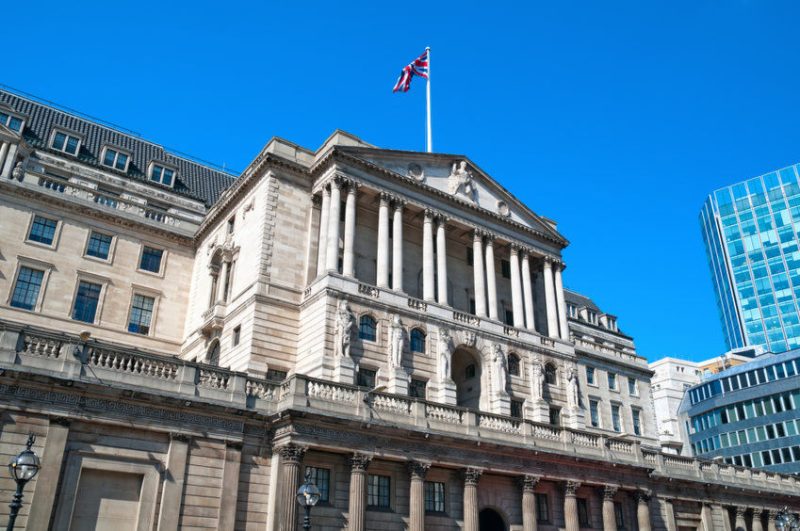The Bank of England (BoE) held its interest rates steady on Thursday, resisting a rate cut despite the US Federal Reserve’s substantial reduction just a day earlier.
The decision follows the BoE’s August cut and signals a cautious approach to monetary easing as inflationary pressures persist.
In an 8-to-1 vote, the BoE’s Monetary Policy Committee opted to maintain the current rates, with one dissenting member advocating for a 0.25% point cut.
The committee justified the decision, citing elevated inflation in the services sector and emphasizing the need for a “gradual approach” to monetary easing.
Te BoE governor Andrew Bailey said:
Inflationary pressures have continued to ease since we cut interest rates in August. The economy has been evolving broadly as we expected. If that continues, we should be able to reduce rates gradually over time. But it’s vital that inflation stays low, so we need to be careful not to cut too fast or by too much.
Despite the UK’s return to growth this year, economic progress has been slow.
The BoE expects the economy to stabilize at a modest 0.3% growth per quarter for the remainder of the year.
GBP gains against USD
The pound gained momentum following both the BoE’s and the Federal Reserve’s announcements, rising 0.72% against the US dollar to $1.3306 by midday in London, its highest value since March 2022, according to LSEG data.
Global equity markets also rallied, with the pan-European Stoxx 600 index closing 1.35% higher.
On Thursday, the BoE also announced its annual quantitative tightening (QT) plan, confirming that it will reduce its bond portfolio by £100 billion ($133 billion) over the next year.
This reduction will occur through both active sales and the natural maturation of gilts.
While this aligns with the previous year’s pace, some had anticipated a faster QT program.
The BoE continues to face losses on these bond sales, as they are being sold at lower prices than when originally purchased.
Governor Andrew Bailey emphasized the importance of proceeding with QT to create room for future monetary operations, including potential quantitative easing.
The BoE is navigating mixed economic signals.
Headline inflation remains close to the 2% target, but price increases in services—comprising about 80% of the UK economy—have surged to 5.6% in August.
Wage growth, though slightly cooling, remains robust at 5.1% over the three months to July.
Central banks adjust policies as inflation eases globally
This decision to hold rates comes after the US Federal Reserve on Wednesday implemented its first interest rate cut in four years, reducing rates by half a percentage point.
This marks a shift in the central bank’s previous aggressive stance aimed at controlling inflation within the US economy.
Meanwhile, the European Central Bank has also eased monetary policy, lowering rates twice by a quarter of a percentage point at separate policy meetings.
In the UK, economists widely expect the Bank of England to follow suit with additional rate cuts in the coming months if inflationary pressures continue to subside.
Financial markets are already anticipating a further reduction of 0.25 percentage points, bringing borrowing costs down to 4.75% at the Bank’s next meeting in November.
Inflation in the UK has significantly eased after reaching a peak of over 11% in late 2022, driven by the surge in energy prices following Russia’s invasion of Ukraine.
This year, inflation has fallen to more stable levels, nearing the Bank’s 2% target.
The post Bank of England holds interest rates steady despite US Fed’s jumbo rate cut appeared first on Invezz


